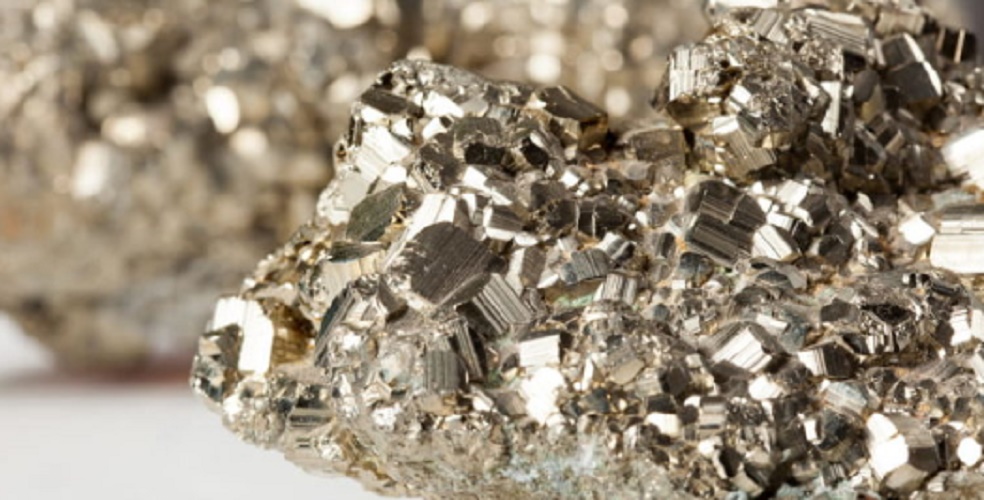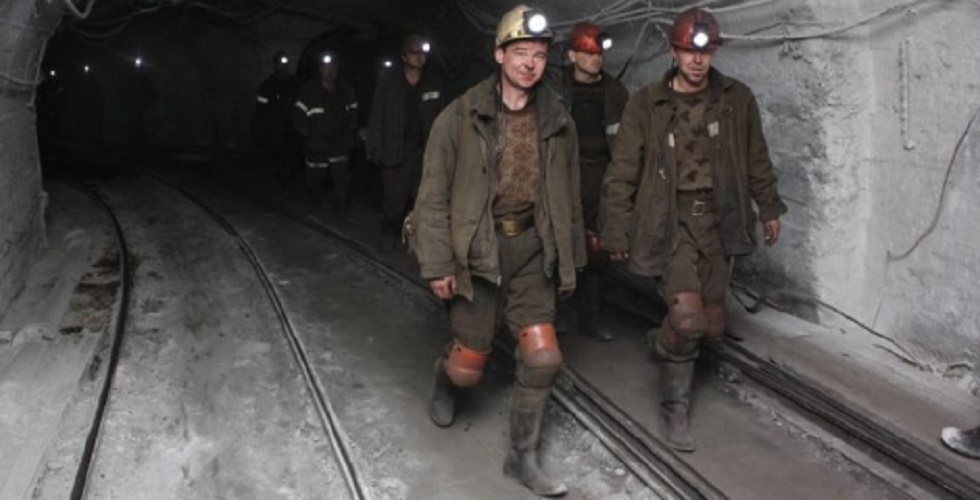What are mineral resources?
We explain what mineral resources are both metallic and nonmetallic, their importance and origin. In addition, types of mining.
-
What are mineral resources?
Mineral resources or mining resources are the compounds and substances of geological origin found in the earth’s crust . Once extracted they can serve as raw material for numerous and very diverse industrial processes. These types of materials can be very different from each other, but they have in common their method of extraction: mining.
Mining is one of the oldest human activities. It consists of the search for valuable mineral resources underground, through the excavation and the opening of tunnels or quarries to separate the wanted elements from the land mass.
There were times of huge mining fever in different parts of the world, such as the so-called “gold rush” of the United States, or the massive extraction of copper in Europe and Asia during the Metal Age in Prehistory .
Mineral resources can be of two types, as we will see later: metallic and non-metallic, depending on the type of atoms that compose them. In both cases, they are known as ores , that is, sources of their compositional elements.
-
Origin of mineral resources
Mineral resources generally have a geological origin , that is, they are the result of the slow and intense changes that different types of rocks undergo in the terrestrial strata, subject to enormous conditions of pressure and temperature .
However, there are resources that are as old as the planet itself, and that have simply changed its presentation over the millennia. In fact, it is known that the core of our planet is composed mainly of iron and nickel , but in the outer layers it is possible to find numerous chemical elements forming different types of minerals.
-
Metallic mineral resources
As the name implies, this first type of mineral resources consists of associated metallic elements or constituting its core . They have a significant amount of properties traditionally associated with metal , such as brightness, electrical conduction or magnetism .
They are the most abundant mineral resources on our planet , but naturally produced at a very slow pace, so they are non-renewable resources.
Examples of this type of minerals are:
- Magnetite , composed of iron and other associated elements, famous for its ferromagnetic properties that allowed ancient humanity to discover magnetism.
- Galena , whose main element is lead , and is one of the main sources of this element so used in the manufacture of pipes, containers to contain ionizing radiation or pigments for paints.
- Native gold , the most famous of metallic minerals, sought for its enormous commercial value. It is used in the manufacture of jewelry, mainly.
- Bauxite , a mineral composed mostly of aluminum, is very abundant and also a soft rock.
-
Non-metallic mineral resources

Unlike the previous ones, these mineral resources are mostly composed of non-metallic chemical elements . Therefore, their properties tend to be very different: they do not have brightness, nor do they usually conduct electricity well, and do not respond to magnetism.
There are exceptions, of course, but they also have other interesting properties that make them indispensable in many industries .
Examples of this type of minerals are:
- Pyrite , a mineral composed of sulfur and iron, whose appearance is very similar to gold, which is why it was nicknamed “fool’s gold”. It is insoluble in water and combines metallic and nonmetallic properties, depending on the concentration of iron present.
- The barite , the main barium ore, is also composed of sulfur. It was discovered in 1800 and is an extremely common mineral in the world.
- Graphite , a carbon mineral in a practically pure state, bright black, fatty to the touch and a good electrical conductor. It is the main resource to make pencils.
- Feldspar , mineral formed by silicates of aluminum and calcium, sodium, potassium, barium or sometimes mixtures of these non-metallic elements. They constitute a very diverse group of rocks and are the most common of the entire surface of the planet, comprising almost 60% of it.
-
Importance
It is difficult to think today of a product that lacks components of mineral origin. From the technology we use every day to raw materials for ceramics, metallurgy and other similar industries, today almost everything around us has components extracted thanks to mining .
In addition, they are part of many energy resources that allow to produce and consume electricity. So the extraction of mining resources, despite its ancient origin, remains a fundamental activity for humanity.
At the same time, it can be a dangerous industrial activity, especially from an environmental point of view: the ecological damage that mining leaves in its wake is usually terrible and irreversible, with a tremendous impact on water and air , as well as on The health of people .
-
Mining Types

Mining involves the extraction of minerals from the earth’s crust , which can be done in four different methods, giving rise to four types of mining:
- Surface mining . It is the open-pit excavation of metallic and non-metallic materials, always located at depths not exceeding 160 meters below the surface. It can be done in open-air quarries, in counterpoises that are helped by gravity .
- Underground mining . As the name implies, it is carried out at great depths underground, through the construction of tunnels and ducts that go deep inside and allow to recover scarce minerals on the surface. This usually requires important engineering and mining architecture.
- Mining by drilling wells . Typical of the exploitation of oil or natural gas, it consists in the opening of wells through deep cylindrical ducts, to allow the desired substance to emerge, either by pressure or because it is replaced with other substances in the deep.
- Underwater or dredged mining . Since minerals also accumulate under water and are usually logically more difficult to recover, dredging mining that is used in shallow waters (maximum 65 meters below the surface) was invented, using dredgers with cutting heads and pipes suction.





